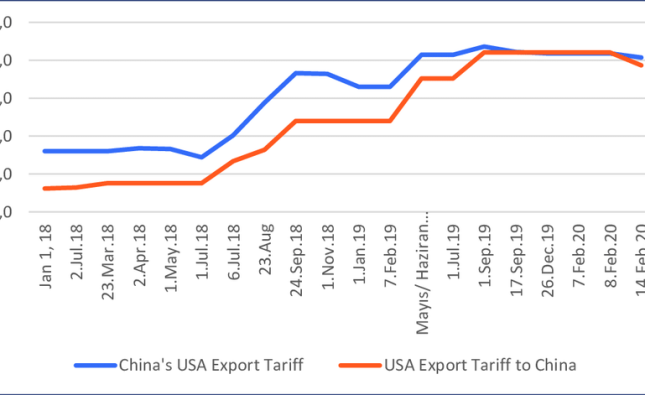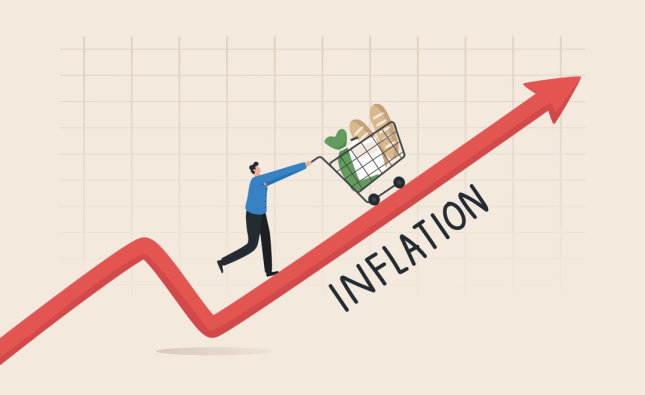
Volatility has always been a double-edged sword in the world of finance. While it can be an opportunity for some, it can also spell disaster for others. However, one group that has mastered the art of capitalizing on volatility is hedge funds. These investment vehicles are known for their sophisticated strategies and ability to generate substantial returns even in uncertain times. In this blog post, we’ll be exploring how hedge funds use macro analysis to leverage volatility and stay ahead of the curve. So buckle up and get ready to discover what makes these financial juggernauts so successful!
What is Macro Analysis?
Macro analysis is the study of large-scale economic factors that can affect investments. This includes things like interest rates, inflation, and unemployment. By understanding how these factors can influence markets, hedge funds can make more informed investment decisions.
For example, if a hedge fund manager believes that interest rates are going to rise, they may invest in assets that are likely to benefit from this change. Conversely, if they believe rates will fall, they may choose to sell off assets that could be adversely affected.
By taking a macro view of the market, hedge funds can make more informed investment choices and hopefully generate better returns for their investors.
How Hedge Funds Use Macro Analysis
Macro analysis is the study of how economic and political trends affect financial markets. Hedge funds use macro analysis to identify opportunities and make investment decisions.
There are a number of ways that hedge funds use macro analysis. One way is to identify countries or regions that are experiencing economic growth or political stability. This can be done by analyzing economic indicators such as gross domestic product (GDP) and inflation, as well as political factors such as elections and government policies. Hedge funds may also use macro analysis to identify industries or sectors that are likely to benefit from economic or political trends. For example, if a country is experiencing an economic boom, hedge funds may invest in companies that are involved in the construction or manufacturing industries.
Another way that hedge funds use macro analysis is to predict future movements in financial markets. This can be done by analyzing economic indicators and political factors, as well as by observing market trends. Hedge funds may also use technical analysis to predict future market movements. Technical analysis involves studying past price movements in order to identify patterns that may indicate where prices are headed in the future.
Hedge funds use macro analysis to generate investment ideas and make investment decisions. Macro analysis can be used to identify countries or regions that are experiencing economic growth or political stability, as well as industries or sectors that are likely to benefit from these trends. Additionally, macro analysis can be used to predict future movements in financial markets.
Examples of Macro Analysis
Macro analysis is the process of analyzing economic factors in order to gain an understanding of the overall conditions of a market or economy. Hedge funds often utilize macro analysis in order to make investment decisions and profits from market volatility.
There are a variety of ways to conduct macro analysis, but some common methods include studying economic indicators, political developments, and global events. By understanding how these factors can affect asset prices, hedge fund managers can make more informed investment decisions.
Let’s take a look at some specific examples of macro analysis that hedge funds use to generate returns:
1) Economic Indicators: One way to analyze the market is by studying economic indicators. This data can give you insight into GDP growth, inflation rates, employment levels, etc. By tracking these indicators, you can get a better understanding of the overall health of an economy and how it might impact asset prices.
2) Political Developments: Another important factor to consider is politics. Political developments can have a big impact on markets, especially when it comes to uncertainty or risk. For example, Brexit was a major political event that sent shockwaves through global markets. By keeping tabs on political developments, hedge fund managers can be prepared for potential market moves.
3) Global Events: Finally, another key element of macro analysis is monitoring global events. These could include natural disasters, terrorist attacks, or even just changes in monetary policy from major central banks. By tracking these events, you can gain valuable
Pros and Cons of Using Macro Analysis
As global economies continue to experience high levels of volatility, more and more hedge funds are turning to macro analysis in an effort to capitalize on the opportunities that this presents. Macro analysis is a broad and comprehensive approach to investment analysis that takes into account all of the major factors that can impact global markets. This can include everything from economic indicators and political developments to weather patterns and natural disasters.
While there are certainly many advantages to using macro analysis, there are also some potential drawbacks that should be considered. One of the main advantages of macro analysis is that it provides a big-picture view of the global economy and can help investors identify potential opportunities that they may not have otherwise been aware of. Additionally, macro analysis can help investors anticipate market movements and make decisions accordingly.
However, there are also some downsides to using macro analysis. One of the biggest potential drawbacks is that it can be difficult to accurately predict how all of the different factors will interact with each other. This can make it challenging to develop a clear investment strategy. Additionally, macroeconomic conditions can change rapidly, which means that investors need to be prepared to constantly monitor the situation and adjust their strategies as necessary.
Conclusion
Hedge funds are leveraging macro analysis to capitalize on volatility by making informed decisions based on the market’s current conditions. By understanding larger trends, they can mitigate risk while enjoying potential profits in a variety of ways. Although the environment is dynamic and ever-changing, established fund managers have the necessary experience to understand and take advantage of these opportunities when they present themselves. With this knowledge at their fingertips, hedge funds can make educated investments that could benefit them long term.










